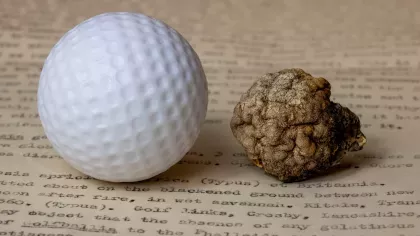14 May 2024
How humble herbarium specimens hold the key to combating climate change
Many see them as dried, perhaps useless plant specimens of little purpose - but did you know that our specimens are actively being used to combat climate change?
.png41cb.webp)
Nestled within the vaults of botanical gardens and museums around the world lie millions of herbarium specimens: an army of dried plants collected over hundreds of years and lying witness to serious environmental change.
These plant specimens hold potential to be surprisingly potent weapons in the fight against climate change.
By peering into their intricate details, scientists are unlocking invaluable insights into how plants have responded to past climate shifts, offering crucial clues for navigating our uncertain future.
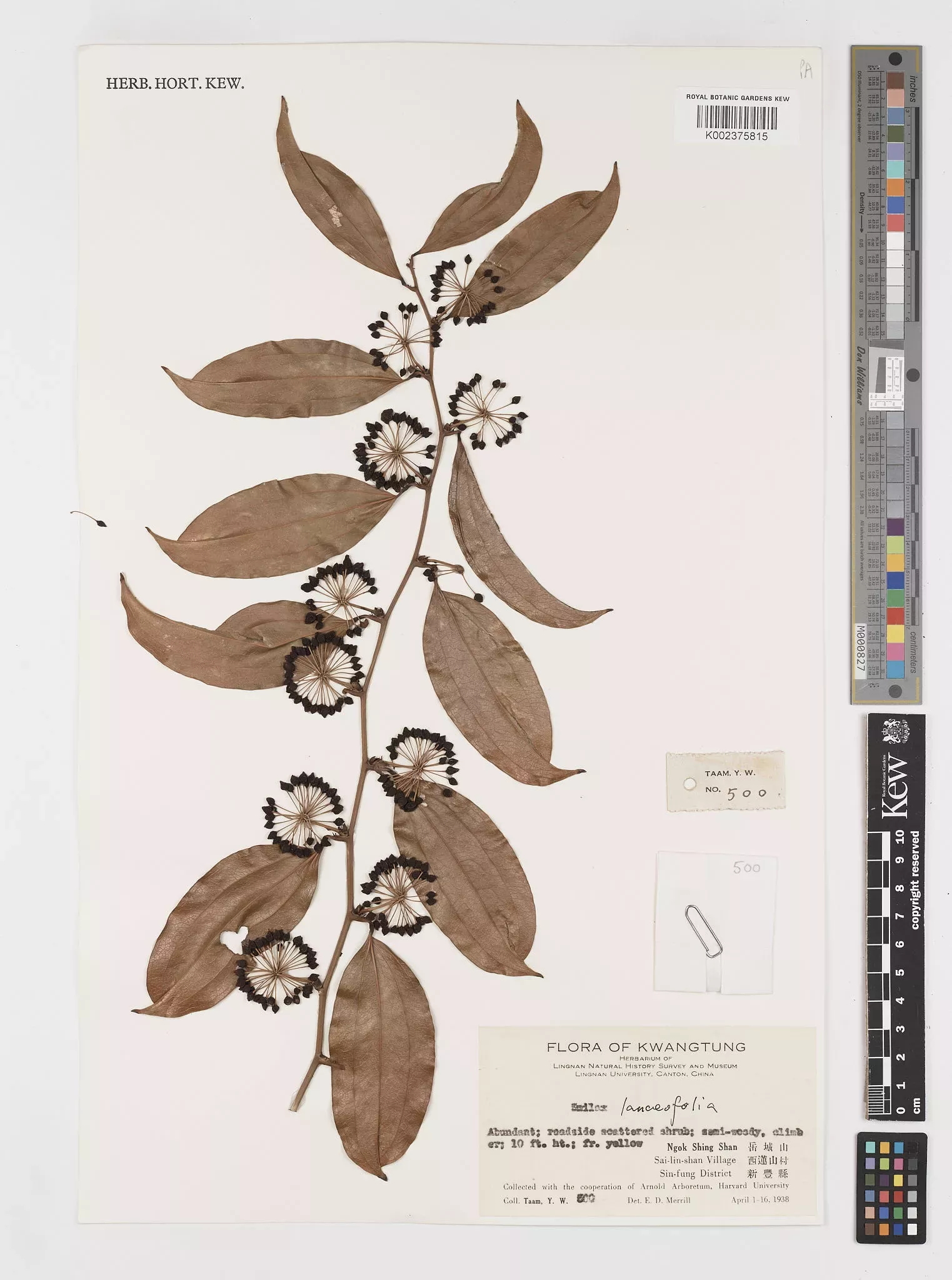
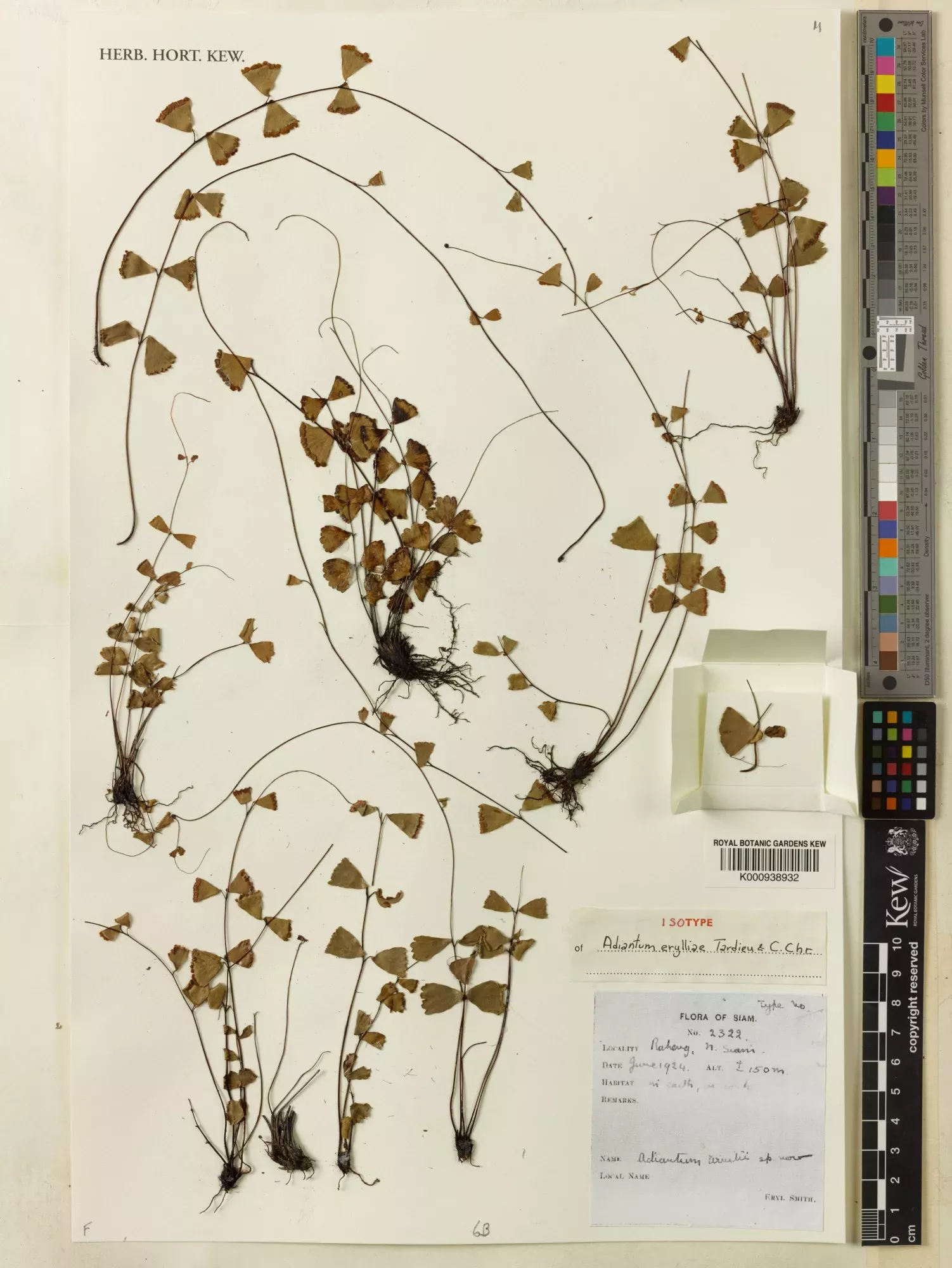
What can dried plants reveal about climate change?
With around seven million herbarium specimens here at Kew alone, each mounted leaf and flower holds a story, documenting the changing landscape of plant life across continents and through time.
In the face of climate change, where understanding the impact on fragile ecosystems is paramount, these specimens act as botanical time capsules, providing us a glimpse into past climates.
Scientists use the specimens to compare historical variations with present-day observations, unveiling the subtle and dramatic shifts climate change has brought upon plant populations.
These comparisons act as a springboard for informed conservation decisions, allowing us to protect vulnerable species and safeguard the ecology that sustains life on our planet.
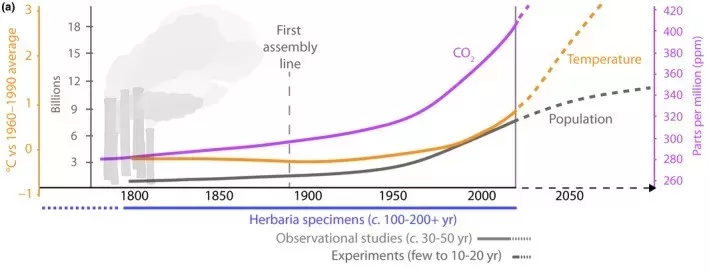
To fully understand this, we’ve compiled a list of the ways herbarium specimens can combat climate change, followed by real-world examples from research papers that have used herbarium specimens for this purpose.
How herbarium specimens can be used to combat climate change – a snapshot
- Historical Comparison: Herbarium specimens provide a historical record of plant species and distributions, allowing scientists to compare past and present data to understand how climate change or other factors such as habitat loss have impacted ecosystems over time.
- Range Shift Analysis: By studying the geographic distribution of plant specimens over decades or centuries, researchers can identify shifts in ranges and habitats, indicating responses to changing environmental conditions.
- Phenological Studies (flowering times): Herbarium specimens often include data on flowering times and other phenological events. Analysing this information helps scientists track changes in plant phenology in response to climate change, providing insights into ecosystem dynamics.
- Genetic Research: Herbarium specimens preserve DNA that can be extracted and analysed. Genetic studies on historical specimens can reveal how plant populations have adapted or migrated in response to past climate fluctuations.
- Informing Conservation Strategies: Understanding how plant species have responded to climate change in the past can inform conservation efforts in the present and future. Herbarium data helps identify species at risk and prioritise conservation actions to mitigate the impacts of climate change on biodiversity.
%20(1).jpg81a5.webp)
Case in point
Example 1: Tied together - Climate changes, flowering times shift
Research by Calinger et al., gives us a perfect example of the kind of insights herbarium specimens can provide us in the context of climate change.
The 2013 study in Ecology Letters revealed how such specimens uncovered a concerning trend: rising temperatures are shifting the timing of plant life.
“Over the last decade, more than thirty studies have used herbarium specimens to analyse changes in flowering phenology over time”
By analysing decades of specimens alongside historical temperature data, the study found that for every degree Celsius increase, plants in North America flowered an average of 2.4 days earlier!
This seemingly small shift might not seem dramatic, but it has big implications. For example, a slight change in flowering times can clash with pollinator availability – meaning the plant’s flowers can’t be visited as the pollinator has yet to emerge – potentially throwing entire ecosystems out of sync.
With this in mind, the message is clear: understanding these shifts is crucial to predict and mitigate the ecological disruptions brewing beneath the surface – and herbarium specimens are a key part of building that understanding.

You can now immortalise a piece of botanic history. Donate to digitise a plant today and help us unlock nature's secrets.
Example 2: Predicting where a plant will be growing in the future
Beyond their traditional role as taxonomic libraries, herbarium specimens hold surprising keys to unlocking the secrets of biodiversity.
This was revealed in the paper ‘Realising the potential of herbarium records for conservation biology’ published in 2016 by Greve et al., and included Kew scientist Gwil Lewis, plus used our herbarium specimens.
The researchers analysed the distribution data of African acacias from herbarium records, to map not just their current range, but also predict future distributions – crucial for conservation efforts like the IUCN Red List.
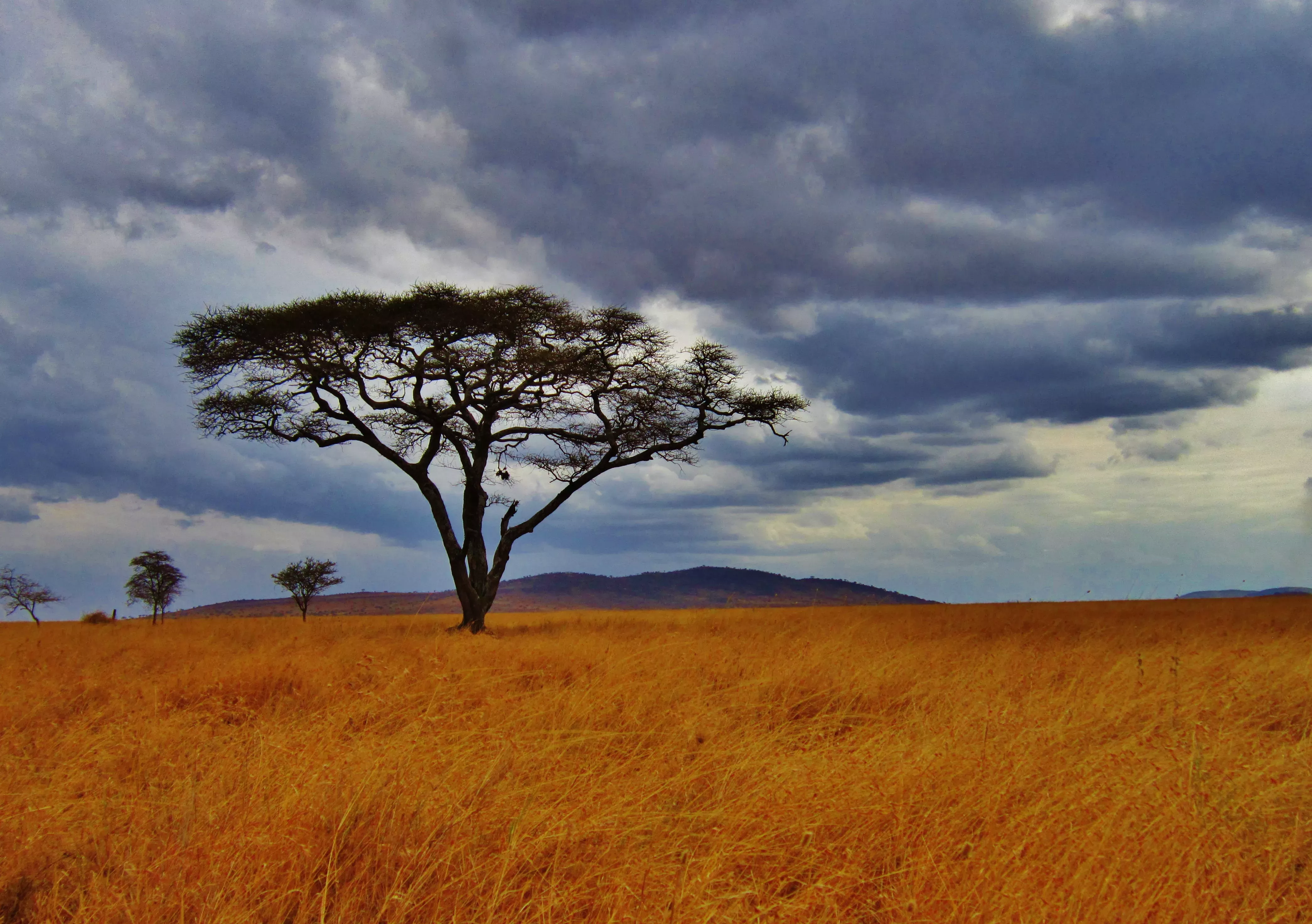
However, the story doesn't end there. Studying these specimens revealed geographic patterns in traits like height and flowering times, hinting at their potential responses to environmental shifts.
Soil types and information on associated species gleaned from labels painted a vibrant picture of their surrounding ecology.
This study is a powerful testament to the untapped potential of herbarium collections. In regions like Angola (that the study focused on), where traditional surveys are challenging, these dried specimens become invaluable sources of biodiversity information.
Example 3: Old specimens, new solutions
These specimens don’t exist just to be examined; they can also provide tangible solutions. As detailed in a recent short film, herbarium specimens can be used to identify historically resilient plant populations that thrive in harsher, hotter climates.
By studying certain wild plants, we can identify species with valuable traits such as drought tolerance. These traits can then be bred into our food crops through selective breeding, ensuring they continue to produce good yields even in drier conditions.
Alternatively, crop relatives can be grown which are better adapted to the changing conditions.
Here's the short, animated film featuring our Head of Collections Dr Alan Paton that illustrates this:
This is just a glimpse into the vast potential of herbarium collections. However, unlocking their full power requires overcoming one major hurdle: accessibility. Currently, millions of specimens remain physically tucked away in cabinets, accessible only to those who visit Kew in person.
Introducing our Digitisation Project
Our ambitious Digitisation Project is combating this issue. We're digitising our entire collection of over 8 million dried plant and fungal specimens to make them freely available online to anyone with an internet connection.
This unprecedented level of open access will allow researchers worldwide to tap into this immense wealth of data. Imagine, for example, a student in Brazil, studying the impact of drought on Amazonian rainforests, being able to analyse centuries-old herbarium specimens from the region – or anywhere in the world – all from the comfort of their home or laboratory.
The potential benefits are manifold. Digitisation will accelerate the pace of research, fostering global collaboration and enabling scientists to ask new questions, identify previously unseen patterns, and discover hidden connections.
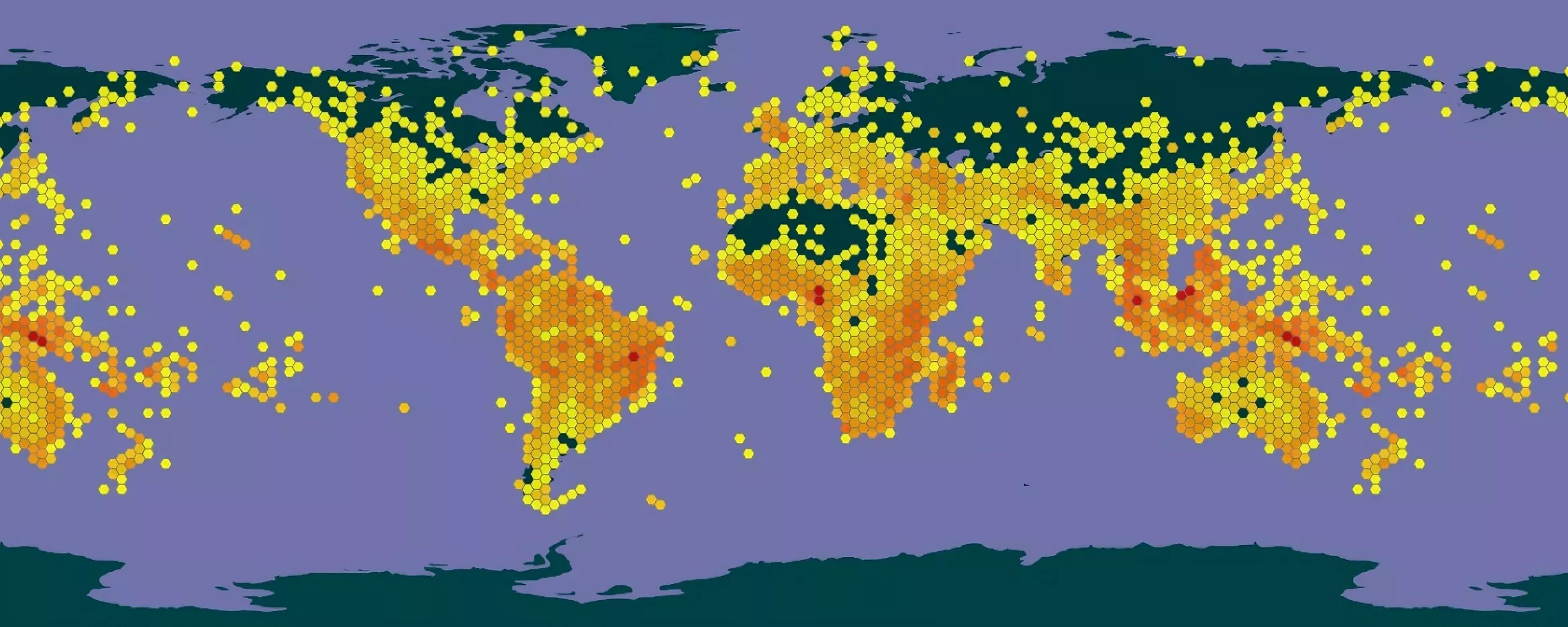
It will also empower citizen scientists and local communities to participate from the perspective of their invaluable local knowledge.
The fight against climate change demands collective action, drawing upon every available resource and expertise.
By harnessing the power of humble herbarium specimens and unlocking their potential through initiatives like our Digitisation Project, we can gain invaluable insights into the past, develop climate-resilient solutions for the present, and build a more sustainable future for all.
So, the next time you encounter a herbarium specimen, remember: it's not just a dried plant; it's a silent warrior, armed with the secrets of our planet's past and the key to a greener future.
Help us digitise our prestigious collections
Get involved with these new opportunities
-
%20(1).jpg5405.webp)
Volunteer
Become part of Kew's ambitious project and help make one of the largest collections in the world freely accessible to everyone around the world.
-
%20(1).jpg1da2.webp)
Donate
Donate today and immortalise a piece of botanic history that can aid research into urgent global challenges - helping protect our planet for future generations.
-
%20(1).jpgcea8.webp)
Join
See what job opportunities are available to digitise our collection and play a part in helping scientists across the world access our invaluable specimens.


%20(1).png0962.webp)
